A complete Guide to the UNESCO world heritage sites
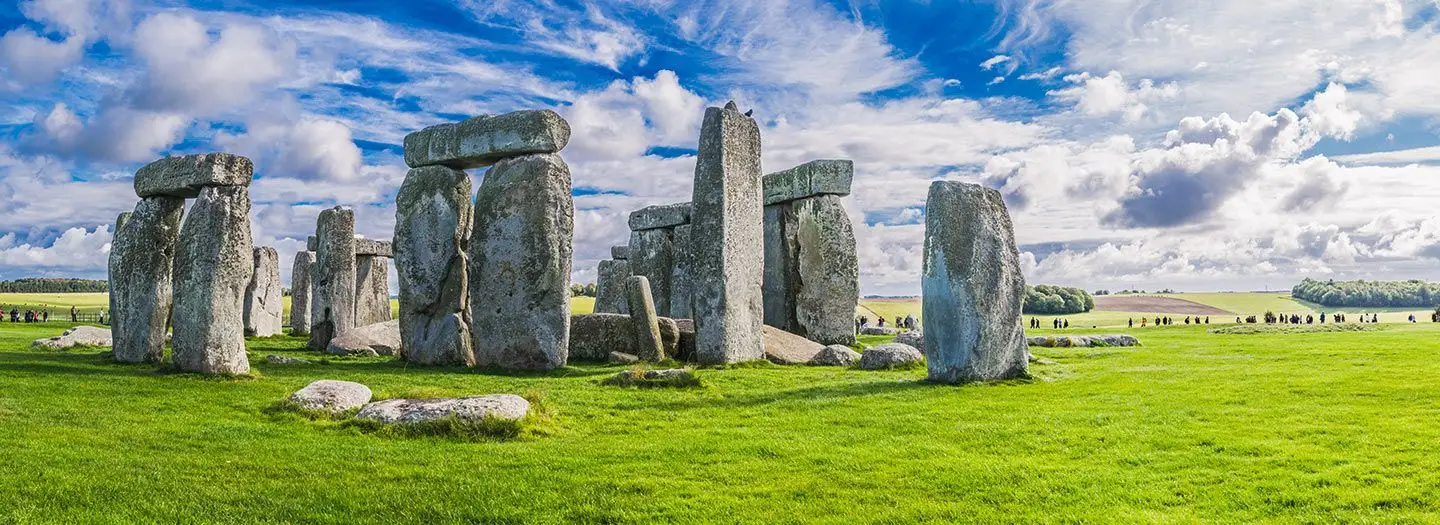
For so many years, most of the world’s breath-taking sites have long been hidden and undiscovered. The spark of curiosity for features such as lost cities has led to astounding discoveries that have held their magical touch to date. These sites are nominated by the UNESCO world heritage sites for educational, scientific and cultural purposes of the United Nations international world heritage program. The aim of the program is to catalog and preserve these sites for their outstanding natural or cultural importance to the common humankind heritage.
World heritage sites come in three kinds: natural, cultural and mixed. Natural heritage sites entail areas in nature that: a) display the earth’s outstanding imprints of life or geological activity. b) show vividly continuing ecological and biological processes of evolution. c) contain any rare, outstanding or unique natural phenomena or d) support habitats for rare or endangered species of plants or animals or are simply, sites of unique biodiversity. On the other hand, cultural heritage sites entail historic buildings, towns, archaeological sites, and monuments including sculptures and paintings. Mixed heritage sites are characterized by both natural and cultural elements. The cultural to natural sites ratio on the list of world heritage sites is 3:1. New sites were usually added to the list in December each year until 2002 when additions were moved to midyear.
The World Heritage Convention was launched on December 17, 1975, with the World Heritage list coming on board in 1978. During the inaugural year, twelve sites were put on the list. They include Aachen Cathedral in Germany, the L’Anse aux Meadows in Canada, the Galapagos Islands in Ecuador, the Bochnia and Wieliczka Royal Salt Mines in Poland, the Yellowstone National Park in the US, and the rock churches of Lalibela in Ethiopia. In the subsequent years, the list has grown rapidly to over 1,000 heritage sites in the 21st century.
Top 10 UNESCO World Heritage Sites
Several sites around the world are yet to lose their wonder despite being around for several centuries. Below are names of some of them:
- Machu Picchu in Peru: lying in one of the most picturesque settings, Machu Picchu attracts many people, who come to Peru solely for the purpose of seeing this wonder.
Head to UNESCO World Heritage in Latin America and Caribbean sites Guide!
- Roman Colosseum in Italy: it is the largest surviving building of the Roman times. As it towers in the city center of modern-day Rome, it silently tells the story of the Roman Empire’s achievements.
Explore Europe heritage, Dig into our UNESCO Sites in Europe Now!
- Pyramids of Giza in Egypt: towering above the barren landscape of the desert, these pyramids are quite an iconic site. They served as tombs for the Pharaohs, with the largest pyramid having been constructed between 2560 and 2540 BC. These pyramids are the sole surviving member of the Seven Wonders of the Ancient World.
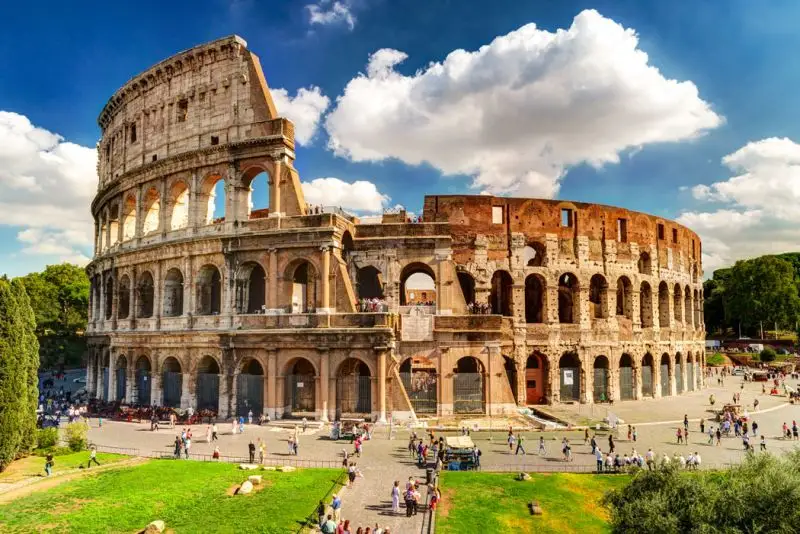
Customize Your Dream Vacation!
Get in touch with our local experts for an unforgettable journey.
Plan Your Trip
- Angkor Wat, Cambodia: This is known as the largest religious monument in the world. The Angkor complex is not just famous for its size but also for its stunning architecture that was done by the Khmers in the 12th century.

- Acropolis of Athens in Greece: the Acropolis stands as a proud symbol of Ancient Greece over the hilltop perch of the city of Athens. It dates from between the 5th and 4th century BC.
- Bagan, Myanmar: this site is historic for having the world’s biggest concentration of Buddhist temples. Many of these ancient temples and stupas, sprawling across the Bagan and space were set up in the 1000s and 1100s.
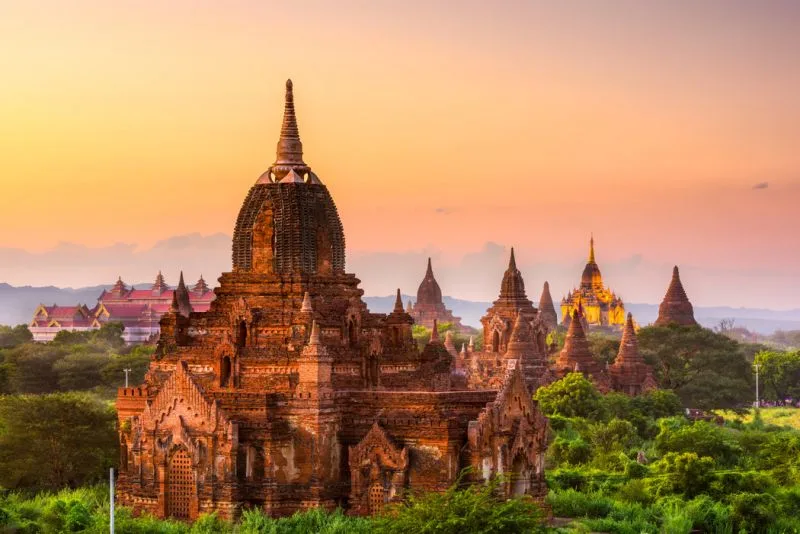
- Stonehenge in England: this is one of the most visited sites in the United Kingdom and one of the UK’s most outstanding features. Though it’s understood to have been constructed in 3000-1500 BC, the origin and purpose of erecting this monument are yet to be known, leading to all kinds of myths, with some speculating religious or astronomical reasons.
- The Great Wall of China: as it snakes through mountains and forests, the close to 6,000km wall connects watchtowers and battlements. This scenic wall, whose oldest sections date back to the 7th century BC, has inspired adventure from all walks of life.
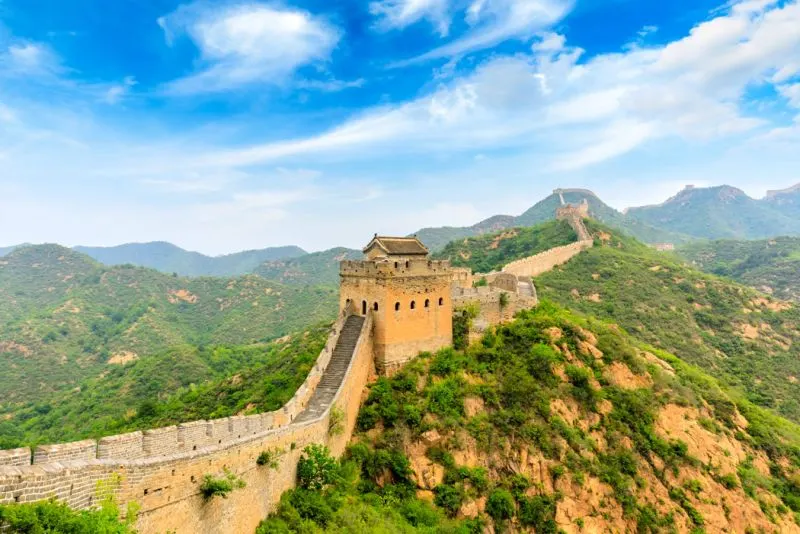
- Mesa Verde in the USA: this site is characterized by astounding archaeological sites and some of the Indian ruins in North America which have been very well preserved. The cliff dwellings that are well hidden into the canyon walls are some of the site’s most impressive features.
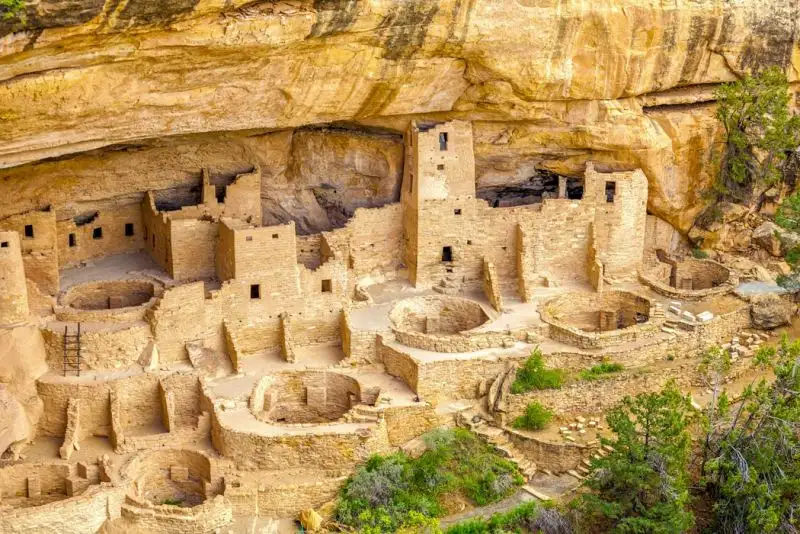
- Easter Island in Chile: located in the southern Pacific Ocean, this site is famous for its towering giant statues (Moais) which beautify the landscape. These Moais were created by the Rapa Nui people, who are believed to have lived on the island in the 12th century.

Newest members in the UNESCO World Heritage Sites
In its annual meeting held in Baku, Azerbaijan, the committee for the UNESCO World Heritage added 29 new sites of outstanding universal value to the list that now stands at 1,121 sites. The list, which was added in 2019, entails natural sites, including Vatnajokull National Park in Iceland, cultural sites, such as the Liangzhu City ruins in southeast China and the historic Sheki City in Azerbaijan. Only one mixed site, the Paraty and Ilha Grande in Brazil was added to the list in 2019.
Another outstanding addition to the list is the Jodrell Bank Observatory, which is in northwest England. This site is the location of some of the leading radio astronomy telescopes in the world. This site is credited with research on meteors, the moon, cosmic rays and astral phenomena, which has contributed greatly to unraveling mysteries of the universe.
The sites inscribed onto the list are subjected to scrutiny with 10 criteria, which have to be met either in part or in full. One of these criteria includes “showcasing a masterpiece of human creative genius” or “outstanding natural beauty” or “being an exceptional example of a traditional human settlement”.
World Heritage Sites in Danger
UNESCO also added Mexico’s Islands and Protected Areas of the Gulf of California to the list of World Heritage sites in danger. The committee then removed other sites from the list such as the West Bank, the birthplace of Jesus in Bethlehem and the Humberstone and Santa Laura Saltpeter Works in Chile.
Summary
World heritage sites play a crucial role in boosting local economies of their countries through tourism. The vital role of preserving as well as restoring these sites is played by UNESCO through funding and supervising efforts in relation to the same. Sites that are deemed to be on the verge of pollution and other problems such as natural hazards are outlined on the related List of World Heritage Sites in Danger till ameliorations are done.
Related Articles
Keep the inspiration going with these handpicked travel reads.
